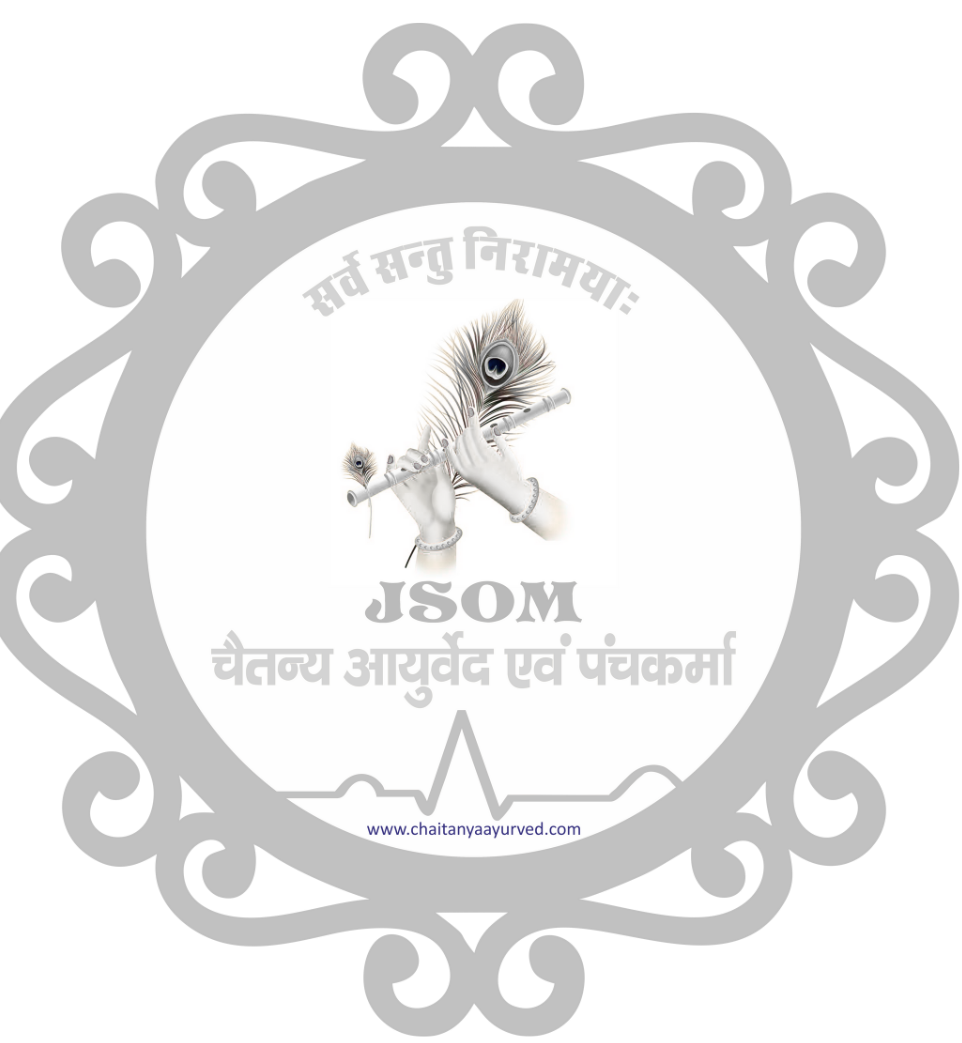Physiotherapy Therapy

Physiotherapy Therapy
Physiotherapy (also called Physical Therapy) is a healthcare practice that uses manual techniques, exercises, and modern equipment to restore movement, reduce pain, and improve physical function.
It is used for injury recovery, pain management, rehabilitation after surgery, and improving mobility in people of all ages.
Physiotherapy focuses on prevention, treatment, and long-term management of musculoskeletal, neurological, and cardiorespiratory conditions.
Types of Physiotherapy
Orthopedic Physiotherapy – For bone, joint, muscle, tendon, and ligament issues such as fractures, arthritis, and sports injuries.
Neurological Physiotherapy – For conditions like stroke, Parkinson’s disease, spinal cord injury, and multiple sclerosis.
Cardiopulmonary Physiotherapy – For heart and lung conditions such as post-heart surgery recovery, COPD, and asthma.
Pediatric Physiotherapy – For children with developmental delays, cerebral palsy, and congenital disorders.
Geriatric Physiotherapy – For age-related issues like osteoporosis, balance problems, and arthritis.
Sports Physiotherapy – For injury prevention, treatment, and performance enhancement in athletes.
Women’s Health Physiotherapy – For pregnancy care, postnatal recovery, and pelvic floor rehabilitation.
How it Works
The physiotherapist assesses posture, strength, flexibility, and movement patterns.
Based on the diagnosis, a personalized treatment plan is created, which may include:
Manual therapy (hands-on joint and muscle mobilization)
Therapeutic exercises to strengthen muscles and improve mobility
Electrotherapy (TENS, ultrasound, laser) for pain relief
Heat or cold therapy to reduce inflammation and swelling
Posture correction and ergonomic advice to prevent recurrence
The goal is to restore normal movement and function while preventing future problems.
Benefits of Physiotherapy
Reduces pain and inflammation
Improves flexibility, mobility, and strength
Speeds up recovery from injury or surgery
Prevents further injuries through posture correction
Enhances sports performance
Improves balance and coordination
Manages chronic conditions like arthritis or back pain
Boosts overall physical independence and quality of life
Precautions
Avoid overexertion during sessions
Patients with heart problems, fractures, or severe osteoporosis need special care
Always follow the physiotherapist’s guidance for home exercises
Inform the therapist about any medical history, implants, or ongoing treatments
Choose a licensed physiotherapist for safe and effective care
Typical Session
Duration: 30–60 minutes
Process:
Initial assessment and diagnosis
Warm-up or gentle stretching
Manual therapy, exercises, and/or use of physiotherapy equipment
Post-treatment stretching or cooling down
Home exercise guidance
Frequency: 2–5 times a week initially, reducing as the condition improves
Aftercare: Stay hydrated, do recommended home exercises, and monitor for pain or swelling

